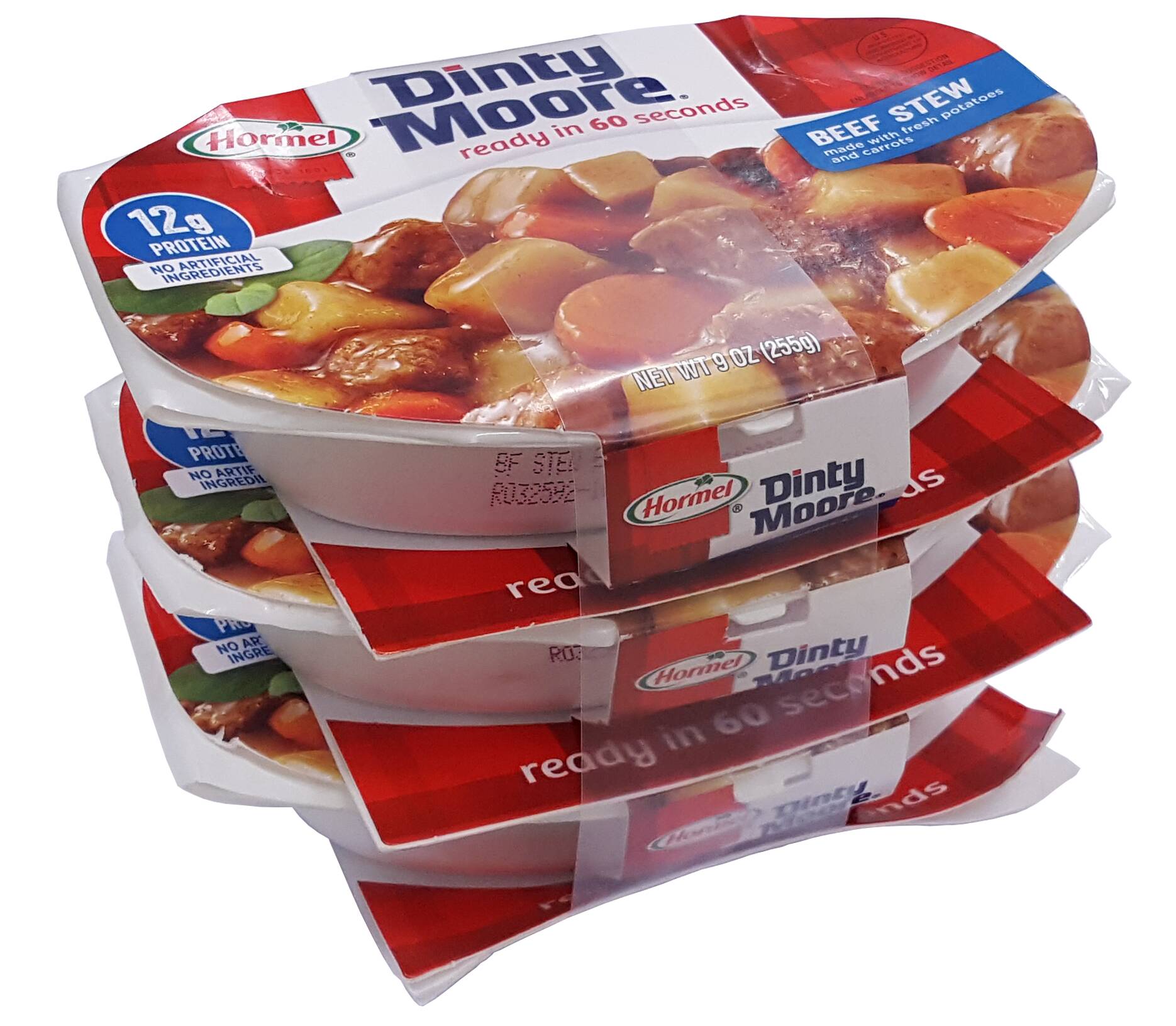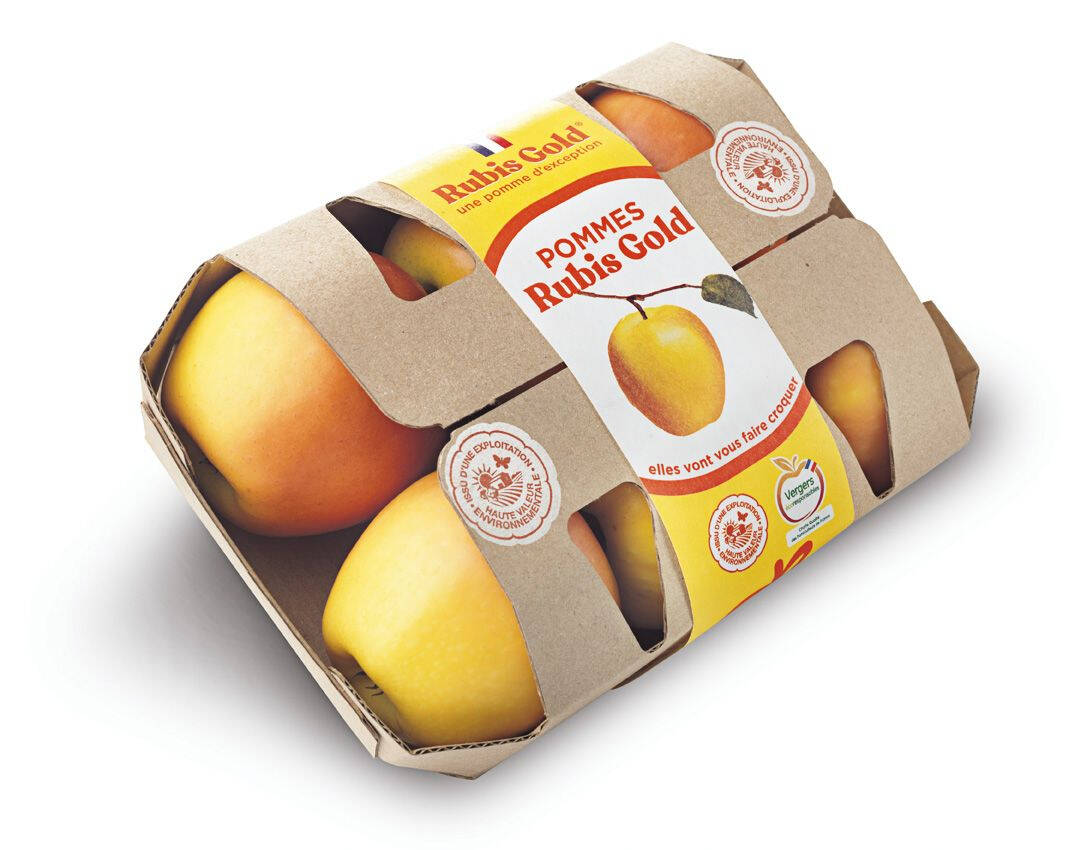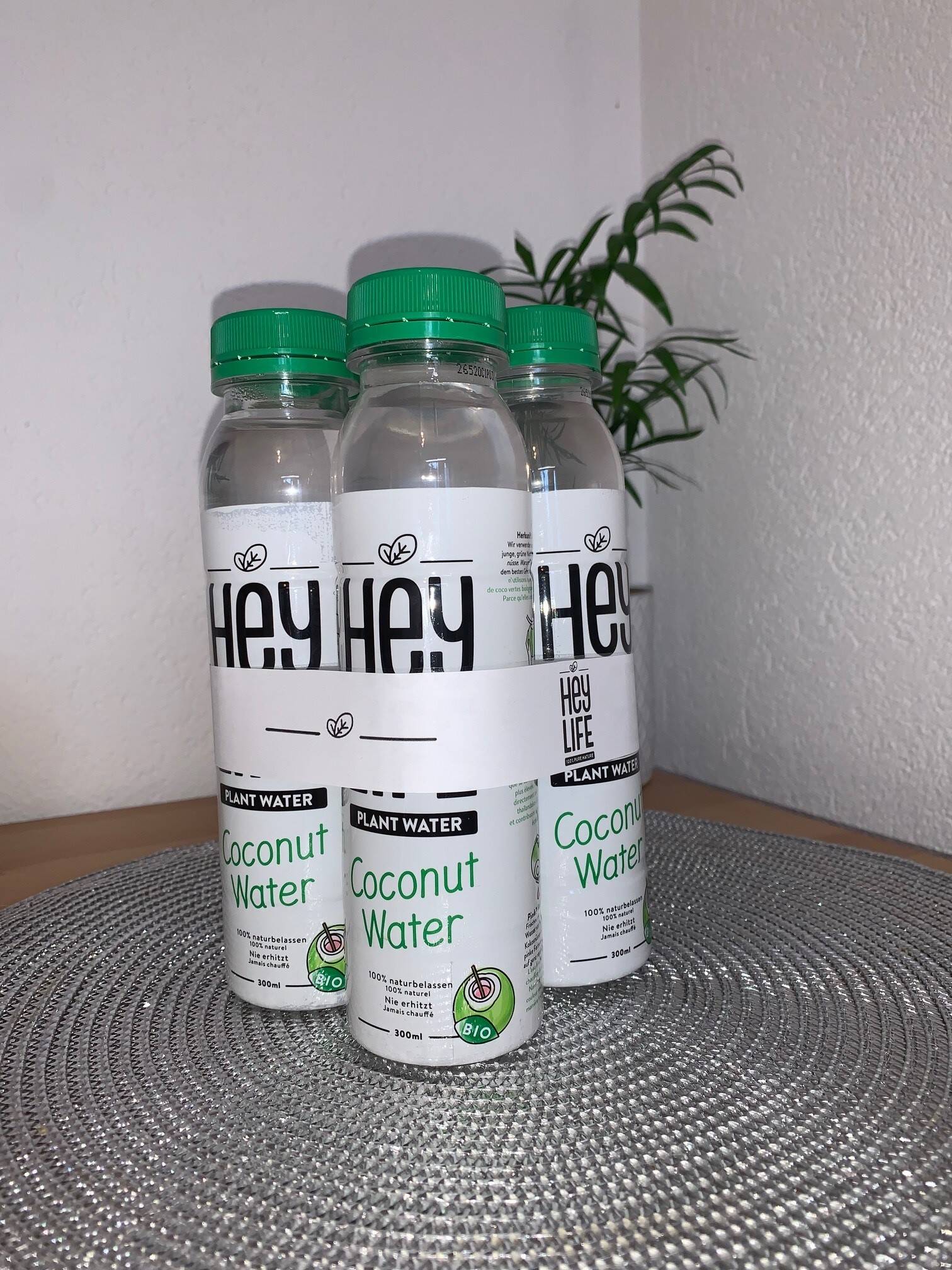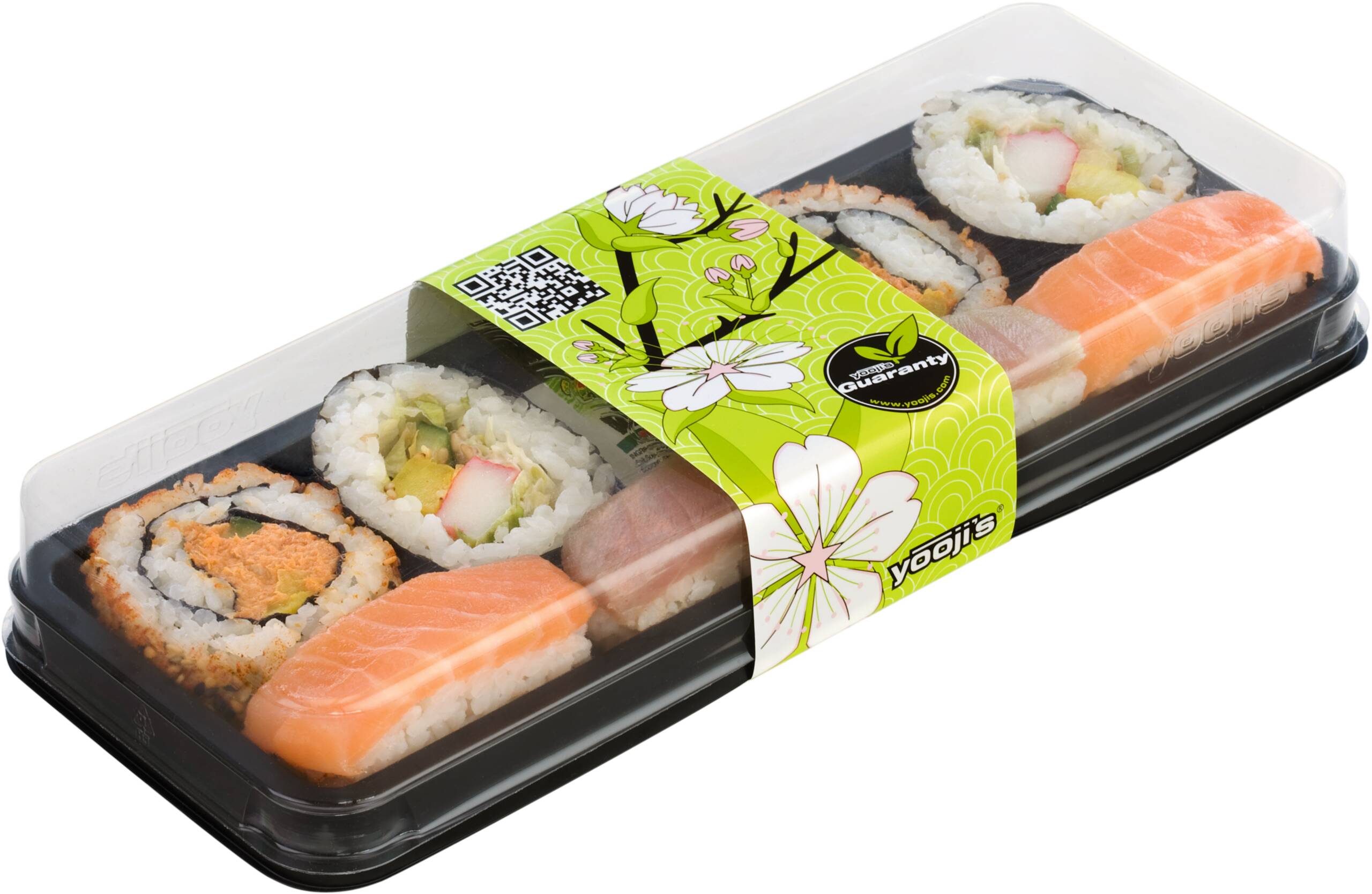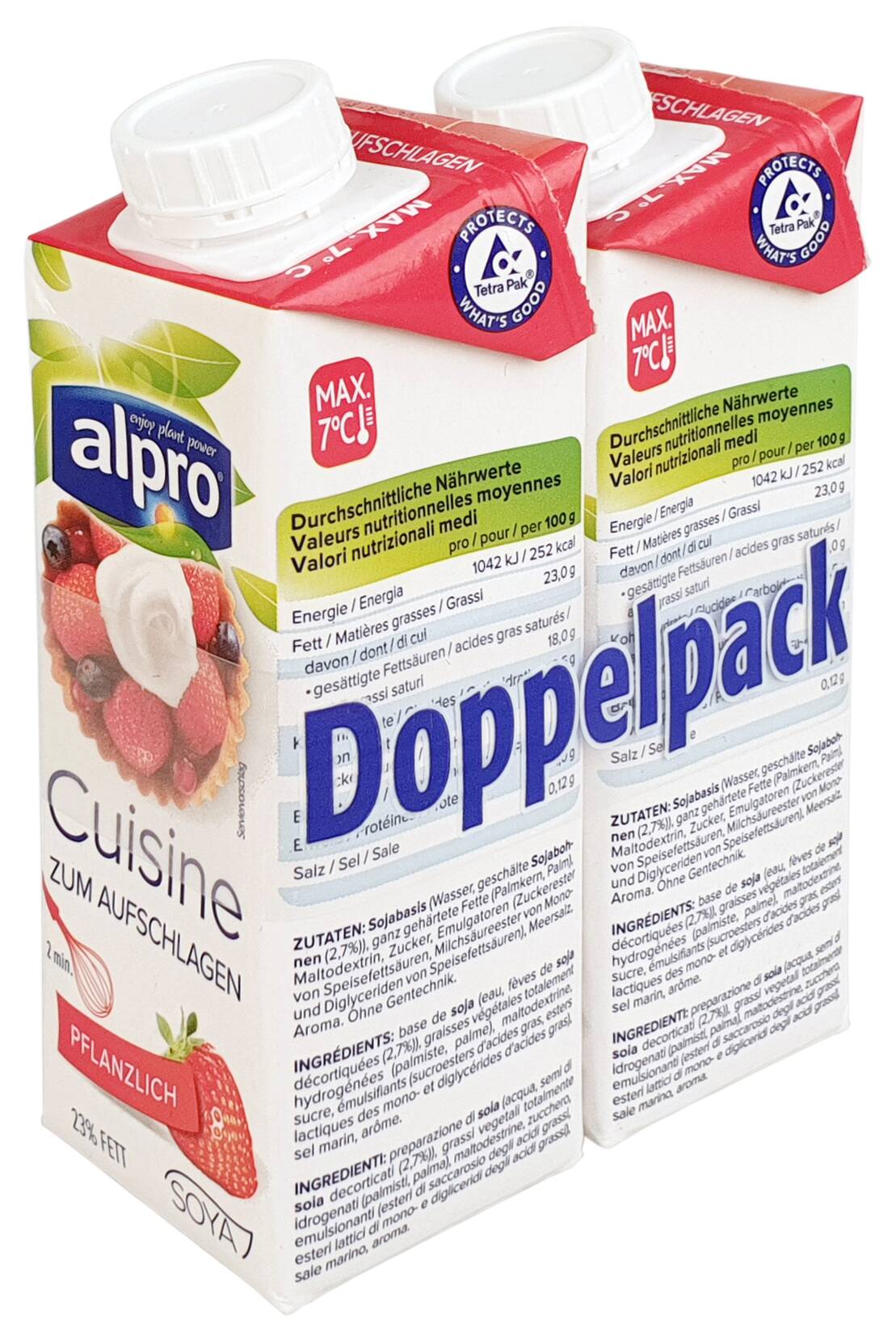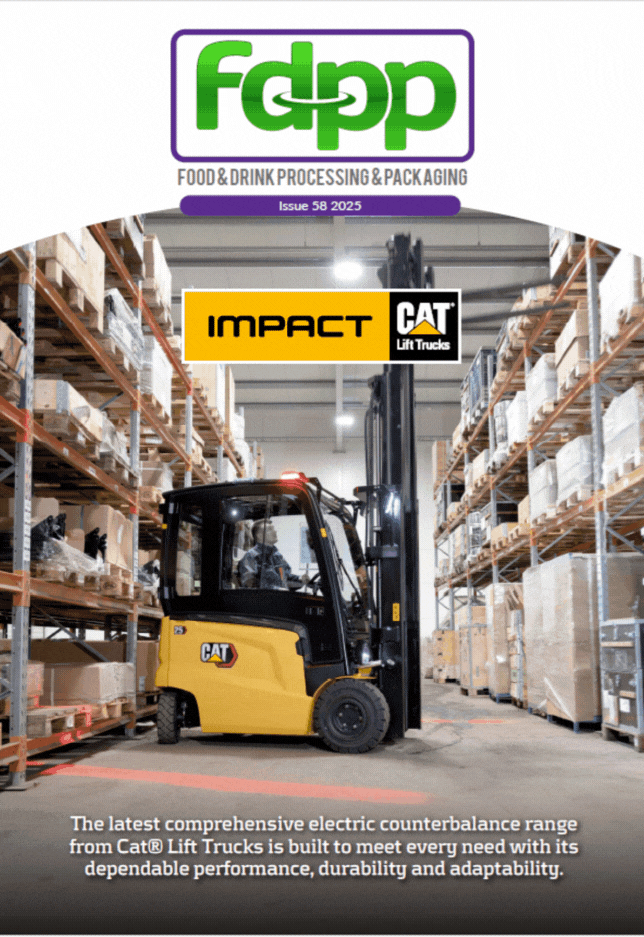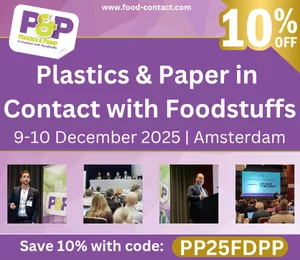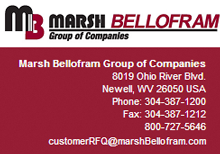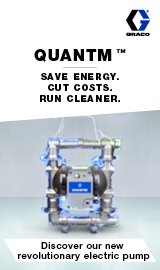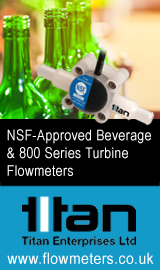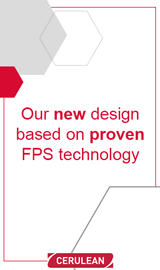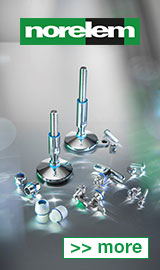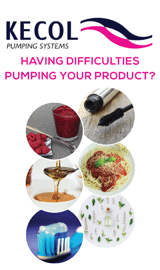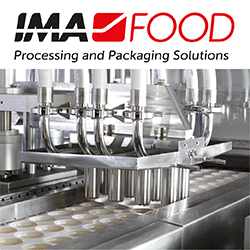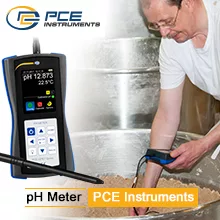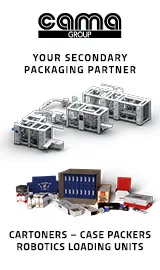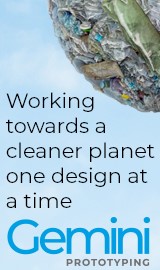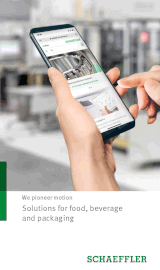The shortage of raw materials and high energy prices are causing companies to put their current packaging solutions to the test. And rightly so: intelligent packaging reduces energy consumption by up to 98%.
The difficult supply situation, high prices for raw materials and rapidly rising energy costs are presenting many companies with major challenges. Analyzing packaging along all value-adding processes can bring considerable savings potential to light. Depending on the application and the degree of automation, changes to packaging processes can be implemented very quickly. However, due to high raw material and energy costs, the payback period is shorter than ever before, even for larger investments.

Environmentally friendly packaging now also pays off financially
The demand for environmentally friendly packaging has been increasing not only since the current shortage of raw materials and energy. We have known for some time that 9 out of 10 consumers prefer sustainable packaging. Many companies have therefore already optimized their sales packaging to this end,or are currently doing so. So far, however, only 1 in 5 consumers have been willing to spend more on sustainable packaging. This in turn has prevented many manufacturing and packaging companies from adapting their packaging. The tide has now turned: After all, sustainable packaging typically means eliminating unnecessary packaging materials and replacing plastic with paper wherever it makes sense. In other words: Sustainable packaging is suddenly cheaper than conventional packaging, if only from the point of view of material usage. In addition, there are lower storage costs due to the use of less material and energy-efficient packaging machines.
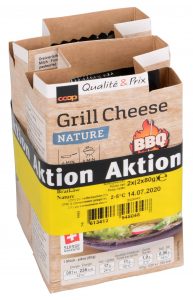
Keyword energy costs: A small calculation example
Banding with paper or film is an excellent way to reduce packaging to the absolute minimum. But banding has another major advantage: banding machines with ultrasonic technology are extremely energy-efficient.
We compared a commercial shrink machine with a banding machine with ultrasonic technology from ATS by forming identical double packs from small folding boxes for one hour. The shrink machine used 12 µm and the banding machine 50 µm thick recyclable banding film. The preheating time required for the shrink machine, in contrast to the banding machine, was not included.
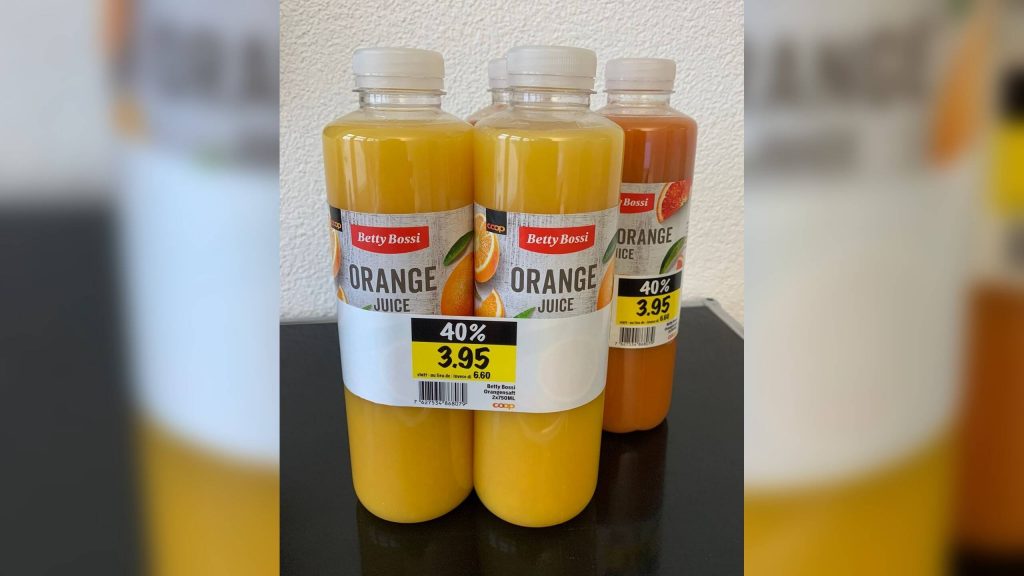
Banding machine with ultrasonic technology
- Products processed:680 pcs./h
- Packaging material: 276 g
- Energy consumption: 06 kWh
Commercial shrinking machine
- Products processed: 221 pcs./h
- Packaging material (extrapolated to 680 pcs./h): 713 g
- Energy consumption: 26 kWh
The result is clear: the energy consumption of the banding machine is around 98% lower than that of the shrink-wrapping machine. The amount of material used for banding is around 60 % lower.
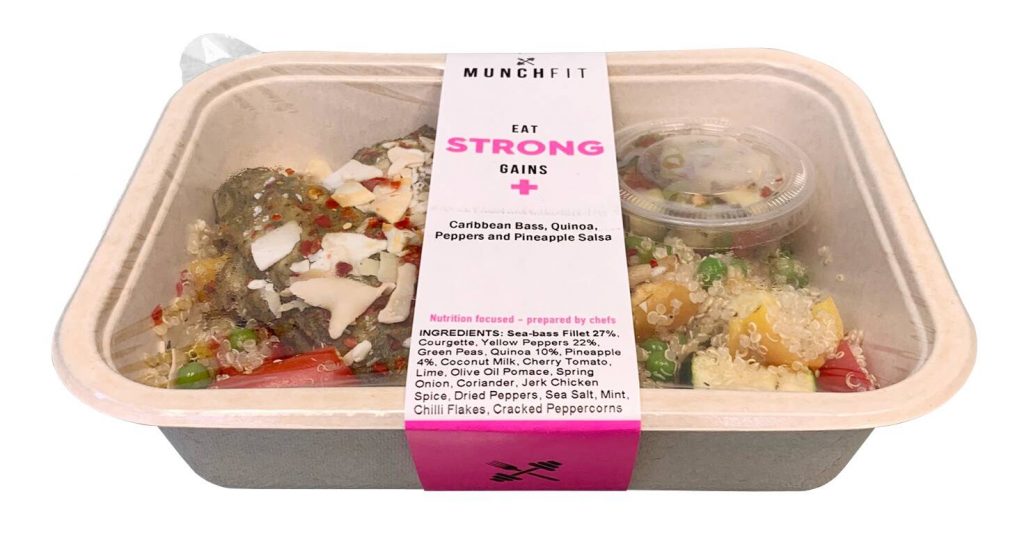
Conclusion
It is worthwhile to scrutinize all packaging along the entire value chain, including logistics, as quickly as possible. Banding massively reduces energy consumption and packaging material from production to the store shelf. Bands not only take on the role of brand ambassador, but are also information carriers for all relevant static and dynamic product information – including the automation of internal processes. This is not only good for the environment, but also significantly reduces costs.

